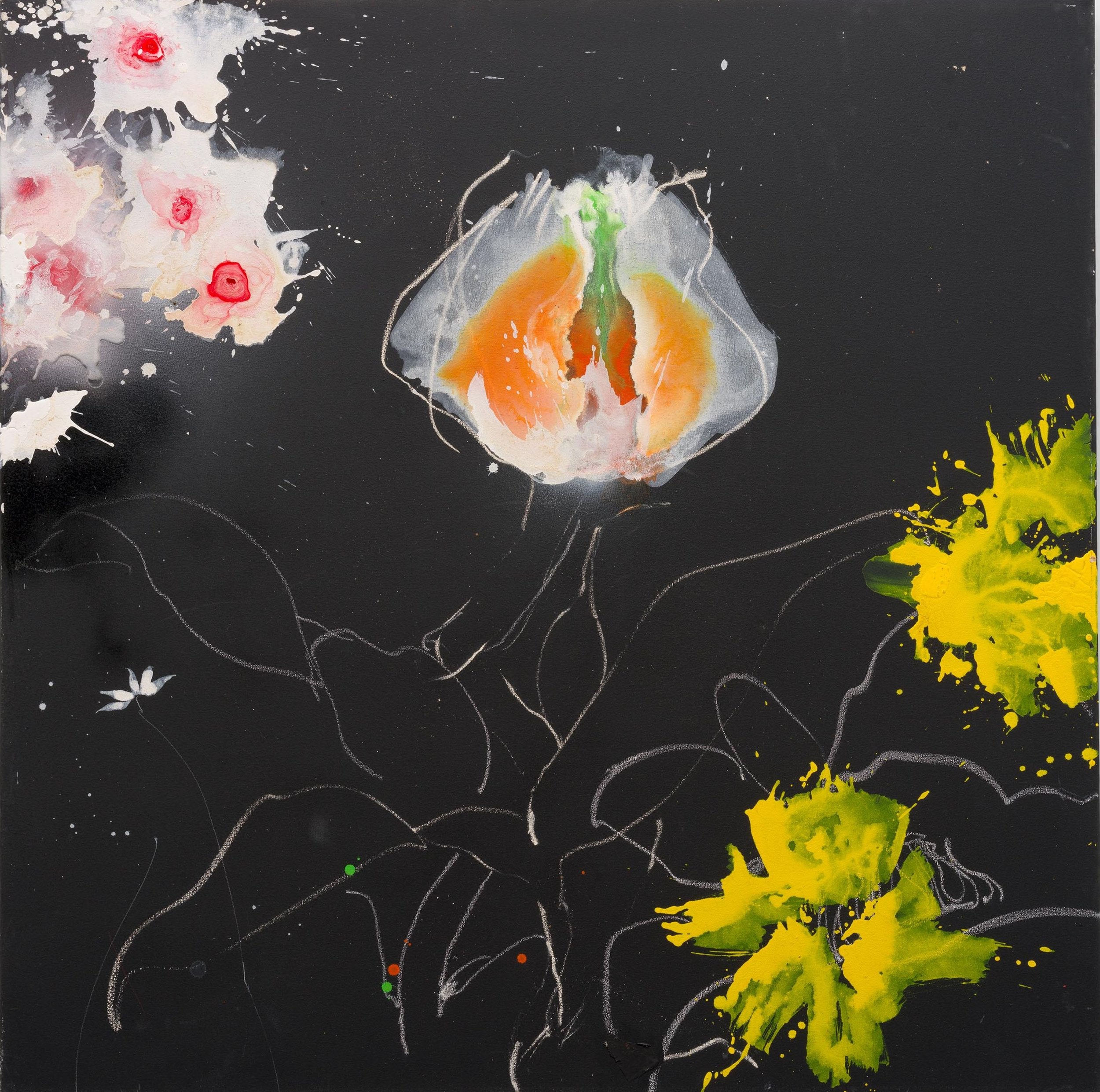Raymond Saunders & Frank Walter: Rediscovering Two Overlooked Black Artists
Art, Identity & Posthumous Recognition
I just discovered Raymond Saunders and Frank Walter and had never come across their artwork before. Yesterday, I visited the David Zwirner Gallery in Paris to explore their joint exhibition, and I was struck by the depth and complexity of their work.Though from vastly different backgrounds—Saunders from Pittsburgh, USA, and Walter from Antigua—both artists use their work as a medium for exploring race, identity, and social structures.
Their paintings incorporate found objects, abstraction, and layered symbolism, reflecting both personal experiences and larger socio-political themes.
Saunders' use of chalk-like drawings, graffiti, and collage elements resonates with urban life and Black history in the U.S., while Walter’s Caribbean landscapes, royal portraits, and talismanic sculptures reflect his own struggle with mixed heritage and colonial past. Both artists distort reality, blending their histories, mythologies, and personal reflections into strikingly unique yet deeply interconnected narratives.
Frank Walter
Raymond Saunders
Saunders and Walter both challenged the confining expectations placed on Black artists. Saunders, in his 1967 essay "Black is a Color," rejected the notion that Black artists must always create work centered around racial struggle. He insisted that artistic freedom was paramount, even as his work subtly interrogated racial and social tensions. Walter, on the other hand, struggled with his postcolonial identity, often seeing himself as an outsider.
He constructed his own aristocratic lineage, crafting an imagined nobility to reclaim his sense of self within a world that denied him recognition.
Despite their resistance to being boxed into "Black art," both artists engaged in deep critiques of power structures, race, and belonging. Saunders' mixed-media paintings disrupt traditional narratives through their improvisational jazz-like energy, while Walter’s obsessive self-documentation in paintings, writings, and sculptures reveals his attempt to define his place in history. At David Zwirner Gallery in Paris, their works are finally presented together, bridging continents and histories through a shared spirit of artistic defiance.
Additionally, Raymond Saunders is also exhibiting at Carnegie Hall with Flowers from a Black Garden, reinforcing his legacy in contemporary art.
Overlooked in Their Time, Celebrated in Retrospect
Both men were largely underappreciated during their prime—Saunders often ignored in mainstream art circles despite his radical work, and Walter living in near-total seclusion, painting on discarded materials and envisioning an artistic world that few acknowledged. Now, as they are celebrated in prestigious galleries, their stories highlight a pattern: Black artists often receive institutional recognition only later in life or posthumously.
Their delayed recognition raises important questions about who gets to define artistic value and why certain voices are sidelined until history corrects itself.
It’s usually not my type of art, but I found Flowers from a Black Garden really interesting. The contrast between the delicate floral imagery and the rough, layered compositions added a new dimension that I didn’t expect. Seeing Saunders and Walter’s works side by side was a powerful experience—one that highlighted how two artists, despite vastly different origins, confronted the same systemic forces in uniquely profound ways.







